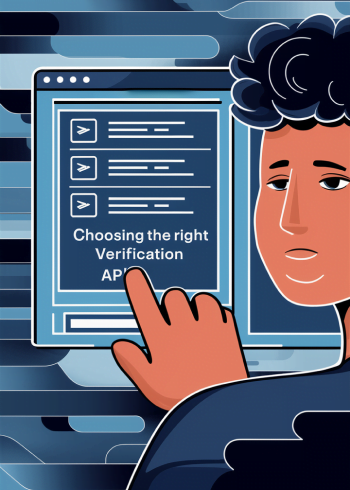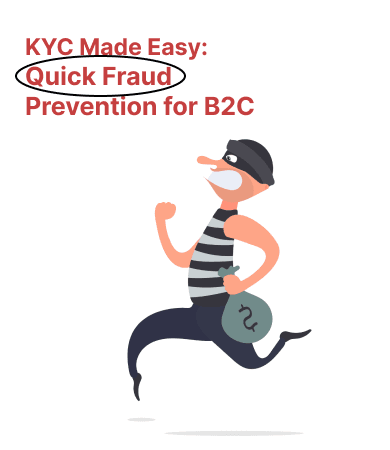Offer users a preview of the types of notifications they can expect to receive. This could include examples of past notifications or a detailed description of the content and frequency of updates. By giving users a clear idea of what they will get from subscribing, you help them make a more informed decision and set accurate expectations about the value they will receive.
Effective Strategies to Persuade Users to Subscribe to Your Push Notifications
September 18, 2024 | by Sonika Thapa









